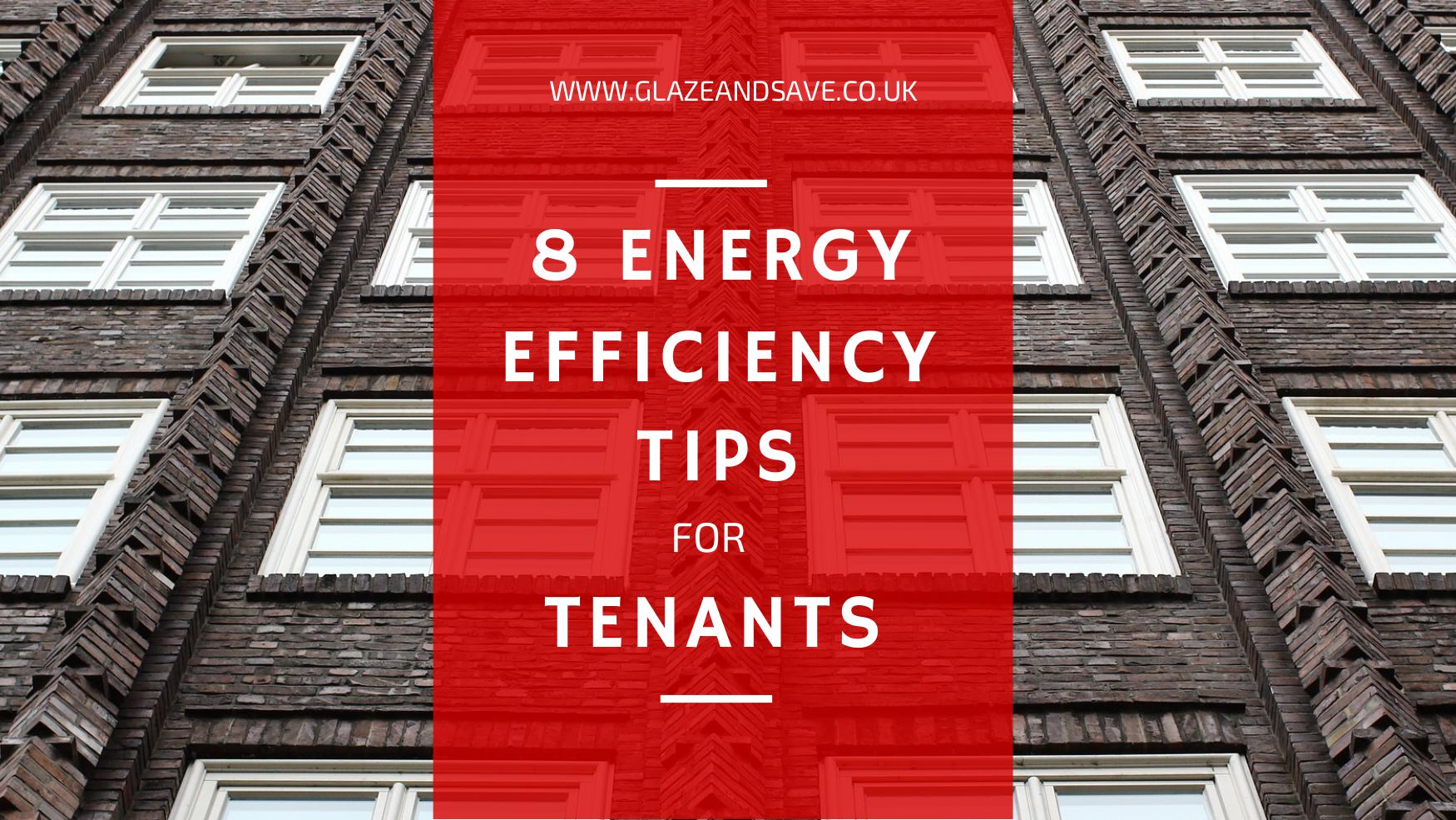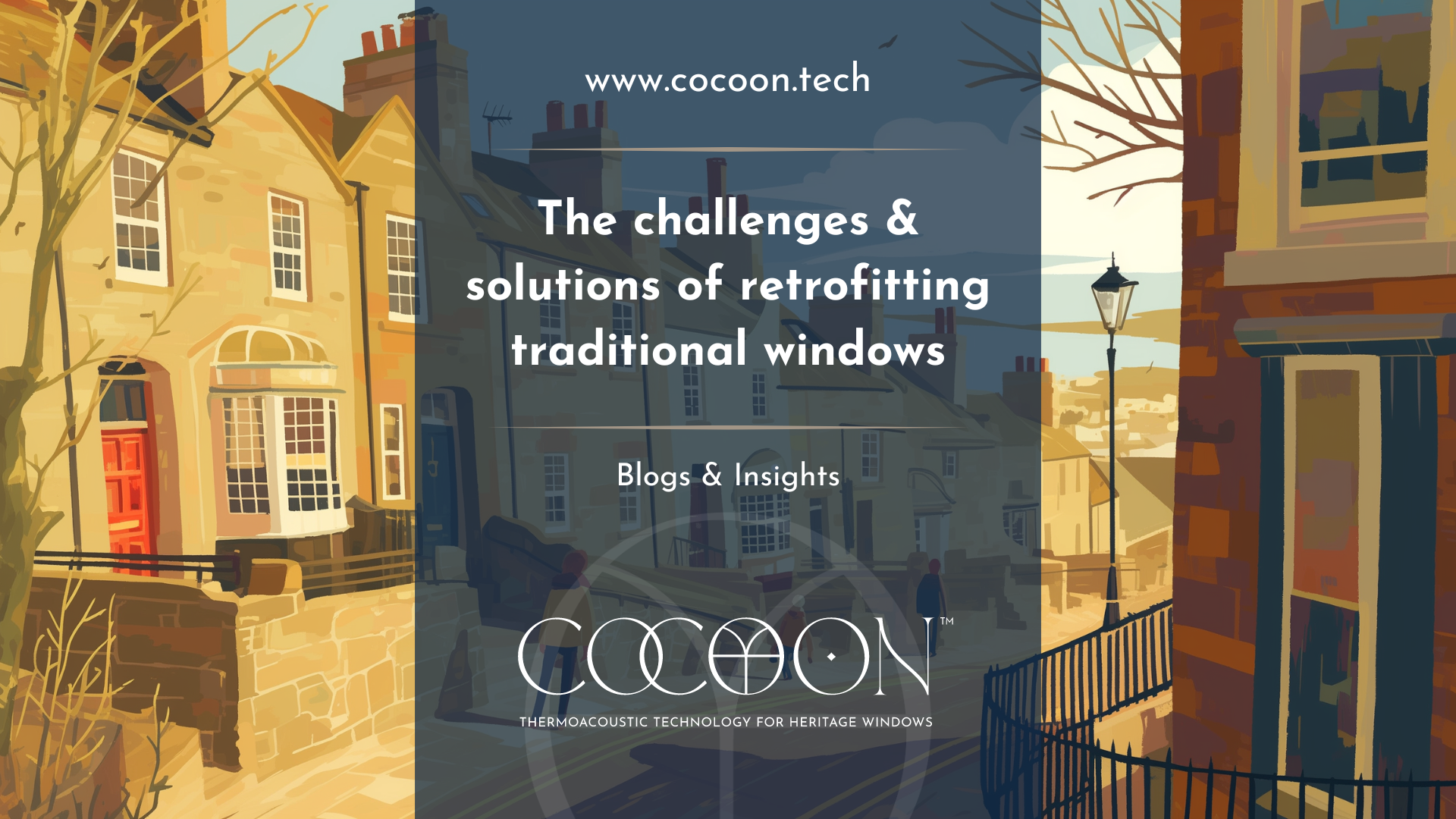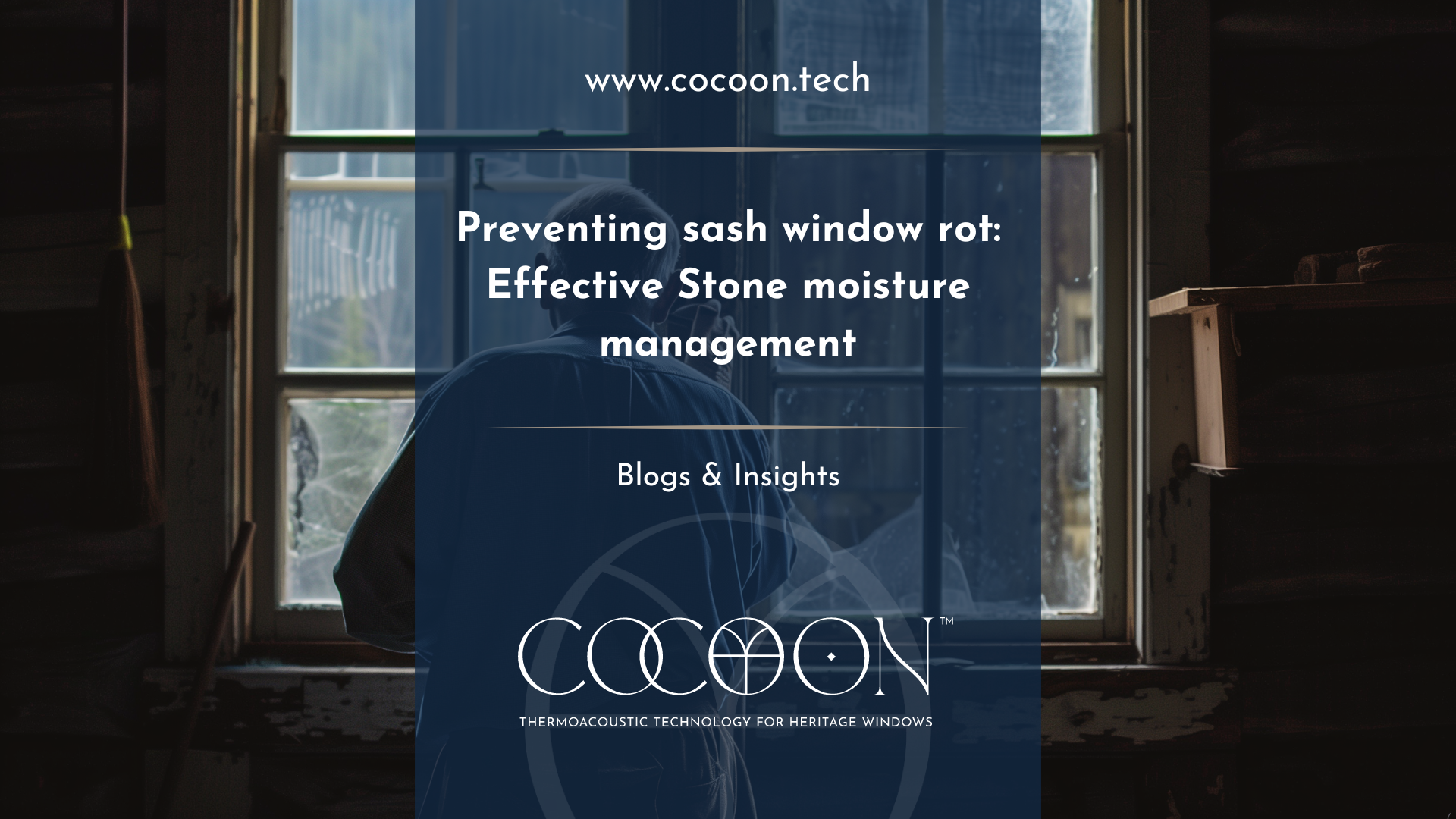8 Energy Saving Tips for Tenants | Glaze & Save
Living in rented accommodation needn’t
stop you from creating an energy efficient home. While landlords will have a legal obligation from April 2018 to meet a minimum standard for energy
efficiency, it’s highly likely that you’ll want to make some changes yourself. Luckily
there are plenty of energy efficiency measures you can install in your home
that are entirely removable and demountable, and leave no impact on the fabric
of the building.
Whether your lease is long or short term, there are plenty of inexpensive and easy things you can do to save energy while slashing your utility bills. So without for ado, let’s look at eight energy saving tips that you can carry out today to increase your comfort while reducing your energy bills in your rented home.
1. Switch off unused appliances
Switching off unused appliances can save hundreds of pounds per year! While your microwave costs a modest £10.24 a year to run, and electric shower can cost a whopping £245.70 per year. Perhaps most shocking is the cost of running an electric fire for a moderate amount of time (for four hours a day): you could be looking at a heart stopping £873.60 per year for one fire. It pays to get wise to your appliances: you can splash out on a home display monitor, or just be sure to turn off any appliance that you are not currently using. You could save yourself hundreds of pounds, and without a deposit-risking measure in sight.
2. Adjust your thermostat.
It is estimated that around 40-48% of home energy goes towards heating and cooling, so it’s not difficult to see how making little changed to your own habits can have a major effect on your energy consumption. We have written about this here. Some further tips can include ensuring that your thermostat is set to 18-20 degrees Celsius. Or if you home is already well insulated and draught proofed, then try putting your thermostat down by a degree or two. You’ll be surprised how comfortable your home remains.
3. Draught proof your home
Draught proofing your home is one of the best things you can do to keep your home energy efficient while increasing your thermal comfort. By draught proofing your home you could cut your energy bills by up to 25%. If you have the flexibility in your tenancy, then consider a liquid silicone draught proofing product such as InvisiSeal. However, if you are limited in what you can do in the property, consider draught snakes up against doors, stuffing holes and gaps old socks, or investing in a chimney balloon or chimney sheep. Make sure you are tackling every door, window, skirting board, gap and crevice.
4. Install secondary glazing
While it is your landlord’s responsibility to ensure that your property meets a minimum standard for energy efficiency, you may require a little bit more, particularly where your windows are involved. Consider installing removable and demountable secondary glazing like InvisiTherm, although always check with your landlord before going ahead. If secondary glazing is out of the question, then consider insulating window films such as InvisiFilm.
5. Energy efficient light bulbs
One of the simplest things that you can do to increase the energy efficiency of your property is by replacing old-style incandescent globes with compact fluorescent lamps (CFLs) or light emitting diodes (LEDs). CFLs use around 20% of the energy of an incandescent light globe and can last between 4 and 10 times longer.
6. Hot Water
Hot water accounts for about a 25% of household energy use. The recommended setting for thermostats is above 60°C on storage hot water systems; or 50°C on instantaneous systems. If you're away for more than a few days, turn off your storage hot water system. When you return, allow plenty of time for the water to heat back up to above 60°C and remain at that temperature for a minimum of 35 minutes to kill any bacteria that may have grown. It could take several hours for the water to heat before you can safely use it. Don't overheat the water as this wastes energy.
7. Adjust your fridge
The idea temperature for your fridge is between 3-5 degrees Celsius; the ideal temperature is between -15 and -18 degrees Celsius for your freezer. Every degree lower requires a whopping 5% more energy to process!
8. Flushing toilets.
If you have a single flush toilet that your landlord is not considering replacing, using a water displacement device or using a plastic bottle filled with water could save you 51L of water per person per day.




















